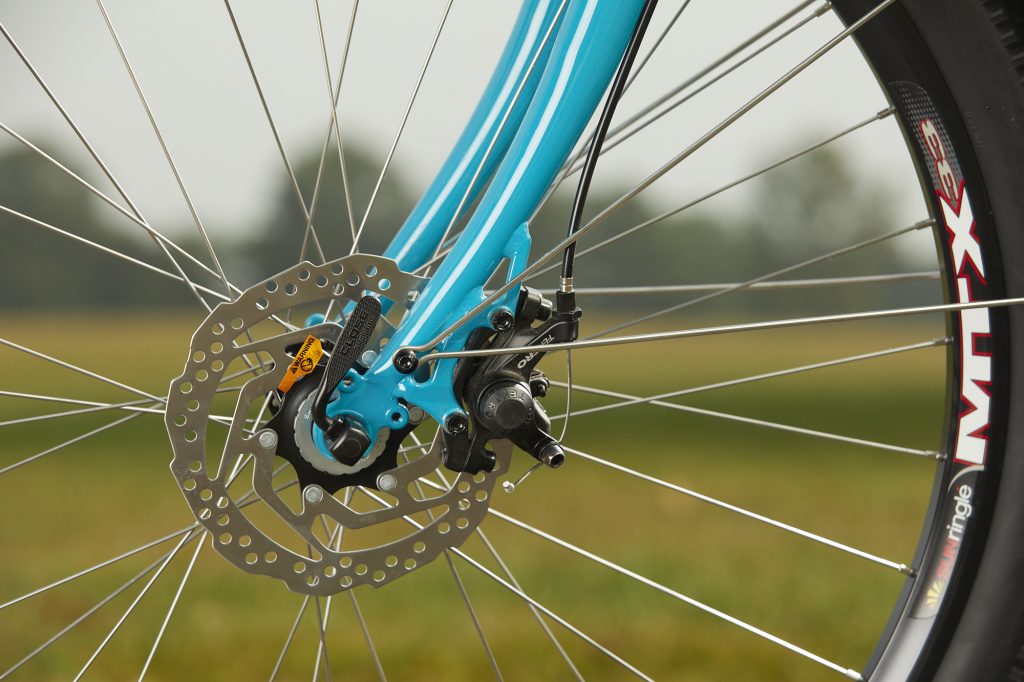Neglect your chain that keeps your drivetrain working and you will end up walking instead of happily riding. So to help you avoid this not-so-good experience, take note of these tips to proper bicycle chain maintenance, replacement, and repair.
1. Lube your chain at least once a month, or more often if you ride on dirty or dusty conditions. Use a dry lube if you ride in arid conditions, because it will not attract dust. If you often ride in muddy and wet conditions, use a more viscous grease that is able to stay put. Drip lubricant onto each link as you move the pedal backwards. After several rotations, wipe off excess lube with a clean and dry rag. To make your chain as clean as possible, use a clamp-on chain scrubber or an old toothbrush to remove all grimes and dirt before lubing your chain. You can also choose to remove your chain and clean it in degreaser.
2. Your chain gets longer as the bushings and pins wear. This is known as chain stretch. Using an old chain will wear off your chain cassette and chain rings. and you will need to replace the whole thing, not just your chain. If you use a new chain on a worn cassette, you will experience worse shifting and skipping problems and you will also damage your new chain.
To check for chain wear, place one end of a 12-inch ruler at the center of one pin and make sure that the other end falls at the center of another pin. Then count 12 complete links. A complete link equals one inner and one outer link. A rivet on a new chain should line up exactly to 12 inches on the ruler. As a general rule, if the rivet is less than 1/16″ past the mark, your chain is still good. If it is between 1/16″ and 1/8″ past the mark, you need to replace your chain, but your sprockets should be fine. If it is more than 1/8″ past the mark, this means that you have to replace both your cassette and chain.
3. Before installing a new chain, it is essential that you cut it to the right length. If you are replacing a chain that worked just fine before, cut the brand new chain to the same length. If you are replacing a damaged chain, shift into the big ring or big cog combo and thread the chain through the derailleurs and around the big chain ring. Pull the new chain so the cage of the rear derailleur falls at about the 4 o’clock position (6 o’clock it too loose, and 3 o’clock is too tight), then mark the pin you have to remove. Let the air out of the shock and bottom out the suspension before your measure. This applies if your bicycle has rear suspension. If it is a coil-over shock, remove the spring. Your goal is make the chain as short as possible without setting it up for potential failure.
Want a bike that requires less maintenance and repair? Consider bicycles with internal gears from Zize Bikes. Learn about bicycles for heavy riders which can support weight up to 550 pounds: https://zizebikes.com/.







